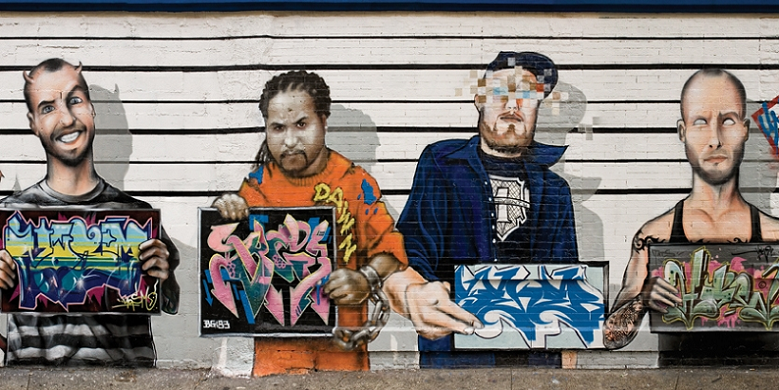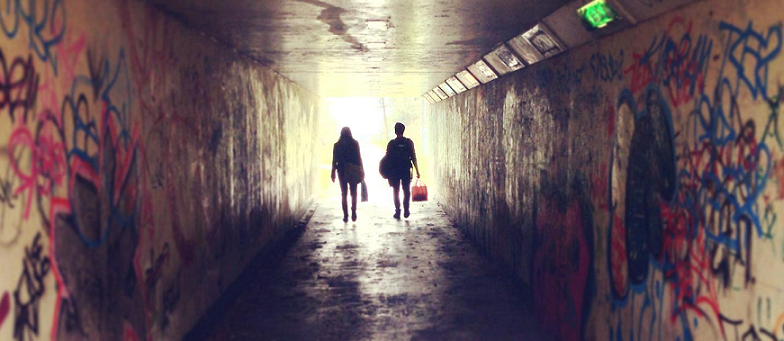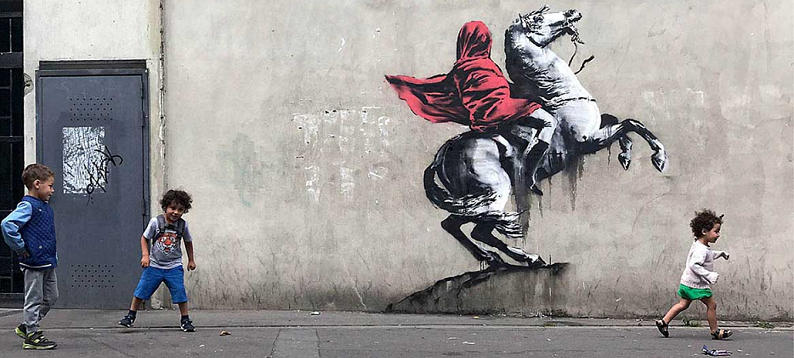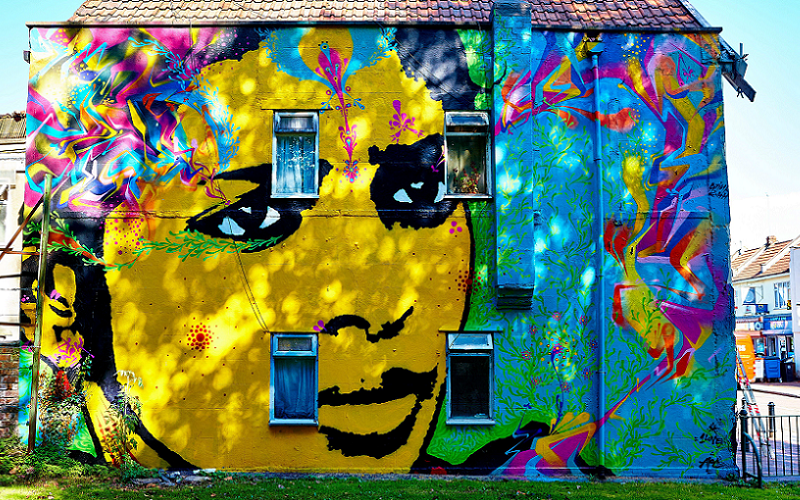Street art and graffiti have long been considered by many as vandalism, but in recent years they have been recognized as important forms of self-expression and cultural art. From the political and social commentary found on the streets of cities worldwide, to the vibrant murals that beautify urban spaces, street art and graffiti have the power to convey important messages and evoke emotions. Here we explore the cultural significance of these often misunderstood art forms and examine their role in shaping and reflecting society.
What Is Street Art and Graffiti?
Street art and graffiti are forms of visual art that are created on public spaces and buildings, such as walls, bridges, and other structures. Street art is often more elaborate and larger in scale, and can range from murals and installations to sculptures and other forms of three-dimensional art. Graffiti, on the other hand, typically refers to writing or drawings that are made with spray paint or markers.
Both street art and graffiti can be seen as expressions of the individual or collective voice and can convey political, social, or cultural messages. The distinction between the two is often subjective and can vary depending on the context in which they are created.
The Cultural Significance of Street Art
Street art has a unique cultural significance as it serves as a form of visual communication in public spaces. It often reflects the social and political issues of the time and can serve as a form of commentary on current events. Street art can also be used to beautify urban areas and bring color and life to otherwise drab environments.
Street art can bring communities together by creating a shared experience and a sense of pride in the local area. Street art can also serve as a means of community building, as it can bring people together to work on a shared project or to admire a piece of art. In this way, street art can bring people together, foster a sense of belonging, and create a sense of place. Street art can serve as a platform for marginalized communities to express themselves and have their voices heard. As such, street art has the power to inspire, educate, and bring about social change.

Street art also has the ability to bring attention to important issues and bring them to the forefront of public discourse. For example, street artists may create works that address issues such as gentrification, social justice, and the environment.
Street art can serve as a form of resistance against oppressive systems and can be used as a tool for activism. Street art can be seen as a form of free speech, allowing artists to express themselves without fear of censorship or retribution. In this sense, street art can be seen as a means of subverting the dominant cultural narrative and offering alternative perspectives.
Street art can also serve as a means of cultural preservation. For example, street artists may create works that pay homage to local legends, cultural traditions, and historical events. Street art can also serve as a means of documenting the cultural landscape of a city or region, providing a snapshot of the time and place in which it was created.
The Cultural Significance of Graffiti
Graffiti has its own cultural significance, serving as a form of self-expression and rebellion against societal norms. Graffiti is often seen as a way for marginalized communities and individuals to assert their presence and have their voices heard. For many graffiti writers, the act of graffiti is a way to reclaim public spaces and make a statement in an environment that is typically controlled by others. Graffiti can also serve as a means of resistance against oppressive systems and can be used as a form of political activism.
Graffiti can also serve as a means of storytelling and cultural preservation. Graffiti writers may use their work to share their personal experiences, cultural heritage, and traditions. In this way, graffiti can serve as a means of documenting the cultural landscape of a city or region, providing a snapshot of the time and place in which it was created.
Graffiti has the ability to evoke emotions and create a sense of community among those who appreciate it. The act of graffiti is often seen as a form of self-expression and can be a source of pride for graffiti writers and communities. In this sense, graffiti can bring people together and foster a sense of belonging and shared identity.

The Role of Street Art and Graffiti in Society
Street art and graffiti play a vital role in shaping and reflecting society. Both forms of art can serve as vehicles for change and activism, allowing artists to bring attention to important social, political, and cultural issues. Street art and graffiti can also serve as a form of free speech, allowing artists to express themselves and their perspectives without fear of censorship or retribution.
Street art and graffiti can serve as a means of beautifying urban spaces and creating a sense of community. Street art and graffiti can bring color and life to otherwise drab environments, and can bring people together to admire and appreciate a piece of art. In this way, street art and graffiti can create a sense of place and foster a sense of belonging among communities.
Street art and graffiti can also serve as a means of cultural preservation and documentation. For example, street artists and graffiti writers may create works that pay homage to local legends, cultural traditions, and historical events. In this way, street art and graffiti can provide a snapshot of the cultural landscape of a city or region and serve as a means of preserving cultural heritage.

The Future of Street Art and Graffiti
The future of street art and graffiti is uncertain, but it is likely to continue to evolve and adapt to new technologies and cultural shifts. As technology advances, it is possible that street artists and graffiti writers will utilize new tools and mediums to create their works. For example, the use of augmented reality and virtual reality may become more widespread in the creation of street art and graffiti, allowing for new forms of expression and interaction.
However, street art and graffiti also face challenges in the future, such as increased regulation and restrictions on public spaces. Governments and property owners may seek to control and limit the creation of street art and graffiti, leading to a decline in the amount and variety of works created. Additionally, gentrification and urban development may lead to the displacement of street artists and graffiti writers and the destruction of their works.
Despite these challenges, street art and graffiti are likely to continue to play an important role in society. Both forms of art have the ability to inspire, evoke emotions, and bring about social change, making them valuable and necessary components of contemporary culture. It is important to support and protect street art and graffiti as cultural assets, allowing them to continue to shape and reflect society for generations to come.

